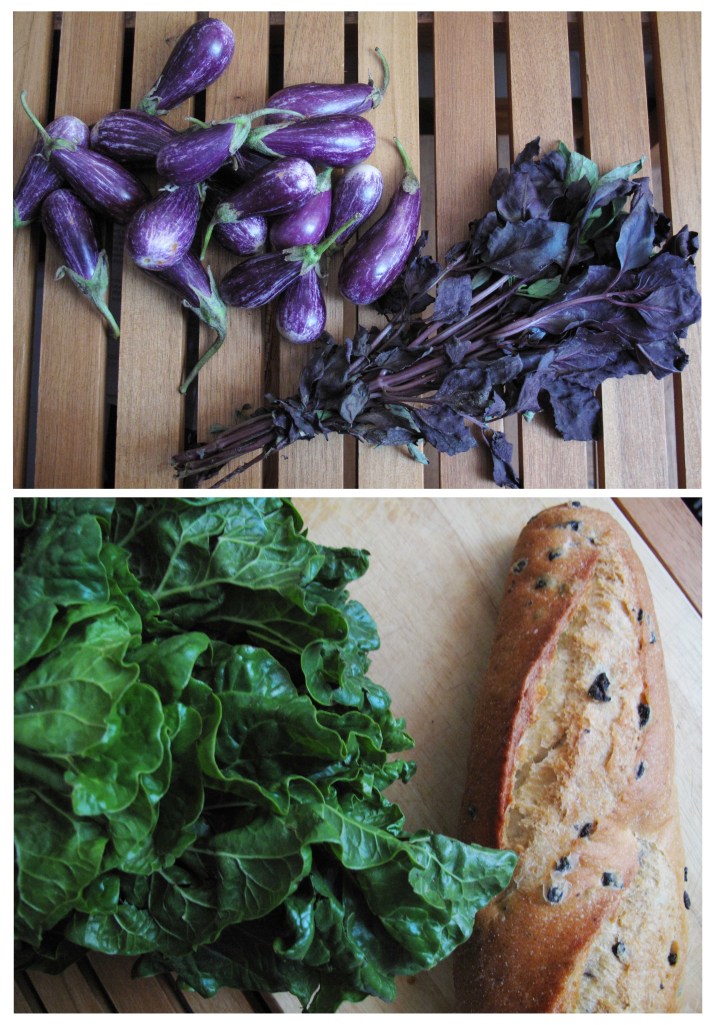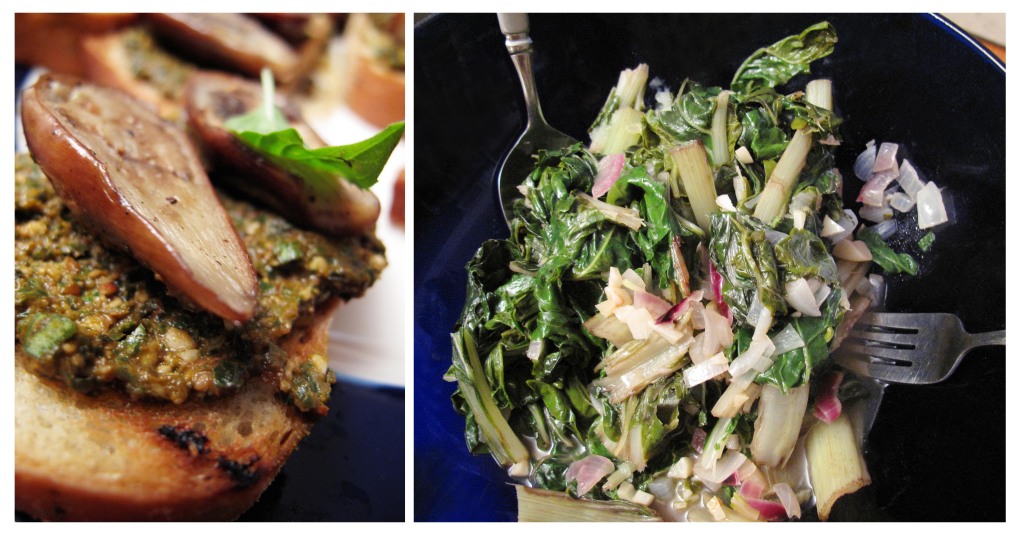I should be ashamed of my non-blogging. Not a single post since May 29th – and that one wasn’t even food related! I have a new awesome kitchen, a weekly pick-up of fresh veggies from Sang Lee Farms, and no posts to show for it. I can’t even blame my busy schedule since I’m not at work or in classes (although I am putting in almost-full-time hours at a pediatric obesity clinic in a hospital for my fieldwork). So enough of my lack of excuses, and onto my kohlrabi obsession…
Every time I’ve walked through the farmer’s market for about the past year and seen kohlrabi, I’ve been intrigued. If you’ve never seen it, kohlrabi is a bizarre looking creature. It’s as if cabbage, Brussels sprouts, a radish, and a potato all mated with Audrey II from Little Shop of Horrors. Technically, kohlrabi is a wild cabbage and can be prepared in a few different ways. The first time it arrived in our mystery bag of CSA farm veggies, I was really excited to experiment. I peeled it (and we ate a few slices raw, which kind of tasted like sweet radish), tossed the slices in spelt flour and spices, and sauteed them in a pan with a spritz of olive oil to make kohlrabi fries. The second time, I did the same thing but an oven roasted version instead of fried. I also stir-fried the green leaves and stems with some garlic and sesame oil, and they took a while to get tender but had a great flavor. These were super delicious side dishes, but the third time kohlrabi came around this summer, I decided to mix it up, especially since we had potatoes and onions in the bag too.
Kohlrabi can really be substituted for potatoes in most recipes, but a combination of potatoes and kohlrabi is a popular mix if you google search some recipes. For my recipe, I combined a few ideas I found and ended up with this:
Trim the stems and leaves off a kohlrabi bulb, and peel off the tough outer layer. Wash 1-2 cups of potatoes (peel on or off is up to you – I did peel on) and dice both into about one inch cubes. Bring a saucepan of lightly salted water to a boil, and add the potato and kohlrabi cubes. Reduce the heat and simmer until tender (test with a fork) for about 15 minutes. While the potatoes and kohlrabi are cooking, heat a tablespoon of olive oil in a pan and cook 3/4 of a cup of diced onion until it’s soft. Drain the potatoes and kohlrabi and either add the onion to the saucepan if you’re using a hand blender or put all three in a food processor. Add about 2 tablespoons of olive oil, 1/4 cup of low fat milk, and salt and pepper to taste, and pulse until you get to your desired smoothness (I like mine fairly chunky). If you’re feeling fancy, serve with a little drizzle of olive oil over the top. I think I like the taste even better than regular mashed potatoes!
Anyone out there have any other great kohlrabi suggestions? It’s become one of my new summer favorites and hopefully there’s more coming my way…






